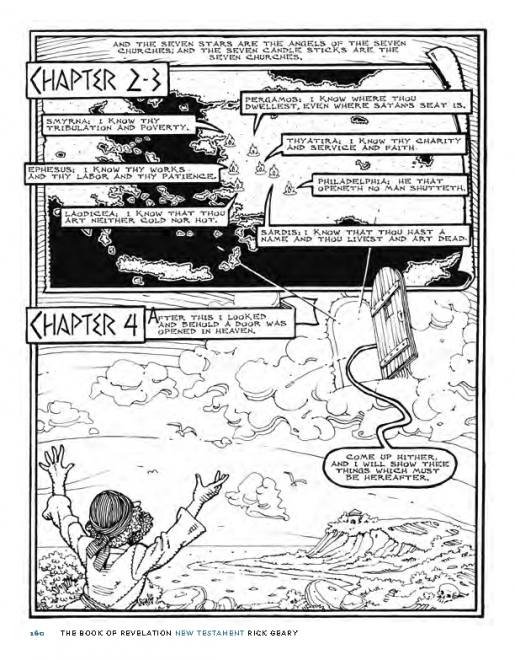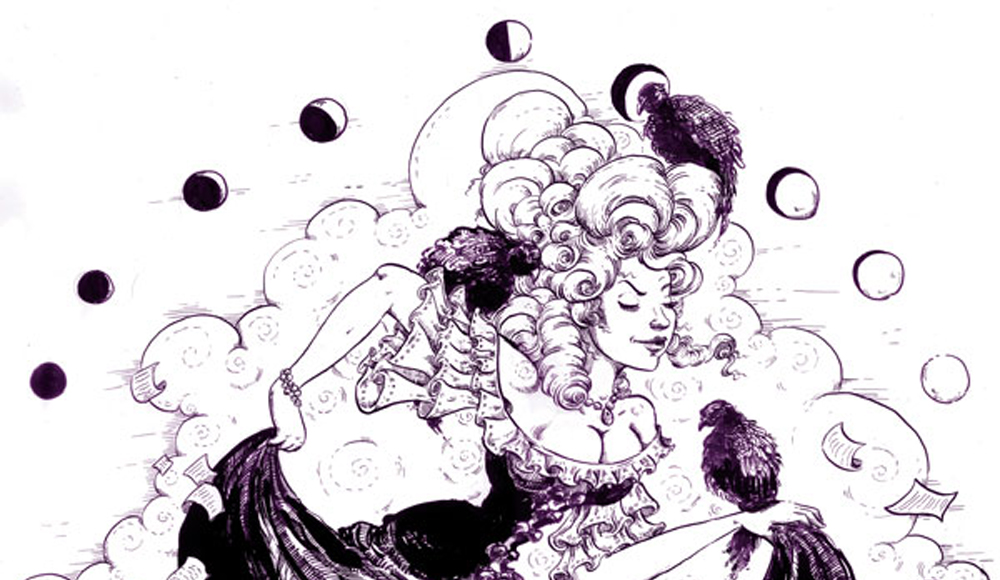 Russ Kick: The Graphic Canon Vol. 1 (Seven Stories, 5/22/12)
Russ Kick: The Graphic Canon Vol. 1 (Seven Stories, 5/22/12)
Graphic-novel adaptations of classic literature are a dime a dozen these days, but rarely have they been organized or anthologized so well as in The Graphic Canon. The first volume of The Graphic Canon (“From The Epic of Gilgamesh to Shakespeare to Dangerous Liaisons”) is chock full of comic-book goodness and covers a lot of ground, especially considering that this is just the first part of the so-called canon.
Featuring graphic-novel re-tellings of everything from Babylonian tablets to a Japanese Noh play, Canon (and its two later volumes, which focus on the 19th Century and modern literature respectively) certainly addresses a wide breadth of content, even if the graphic-novel form makes for some sacrifices in terms of depth. After all, it’s hard to get a true sense of Popol Vuh in so few pages, but these abridged classics often work as entertaining new tales in their own right.
With more than 50 contributors, including big names like Will Eisner and Robert Crumb, and edited by Russ Kick, Canon comprises a wide array of not just content but artistic styles and interpretations. Nothing is off limits as far as adaptation goes, from plays and novels to poems and even the Sapphic fragments, but the many different methods behind the transformations are fascinating as well. Each artist has a different take, and different decisions to make – high art, comic-strip style, speech bubbles or let the art do the talking, color or black and white, a faithful retelling or a farcical look. Most tales run about 20 pages long, with a few notable exceptions (like those fragments of Sappho, which are rendered in a one-page illustration). Furthermore, each story comes with an introductory paragraph or two, explaining the origin and history of whatever story is being adapted.
One standout is “Coyote and the Pebbles,” as told by Dayton Edmonds and drawn by Micah Farritor. The artist adheres to classic comic-book style, with panels and all-caps speech boxes, but adds gorgeous watercolor-looking art and expansive, earth-toned color. A wordless and gory version of Beowulf achieves some lovely painterly effects; brutal immediacy is an effective choice for the standard academic choice that’s too often judged as dry. A poem from Hildegard of Bingen, the famous religious mystic, takes the form of a full-page color illustration that mimics high church art. Some of the tales are directly religious in origin – the Book of Esther from the Hebrew Bible, featuring English and Hebrew versions of the work, for example – but just as many are drawn from popular myth, poetry, and even essays.

Many of the older works opt for a style that complements the tale’s origin. Tang Dynasty poems in calligraphic brushwork style sit alongside a rendition of Lysistrata filled with togas and columns, not to mention a version of The Iliad in sepia tone that seems to mimic the desert setting. In some cases, the more bizarre the art choice, the more intriguing the result; The Inferno looking like the Saturday funnies needs to be seen to be believed.
At 500 pages, Canon is more of a coffee-table book than a paperback favorite, but it packs even more of a punch than its size would lead you to expect. The Graphic Canon, Vol. 1 is a whirlwind tour both through the classics and the numerous artistic styles and interpretations available to the modern comic-book writer. Sure, it’s educational; moreover, it’s fun. Flip through it, revisit old favorites from your college lit courses, marvel at “The Flea” by John Donne remade into a lesbian sex scene; in other words, pick up a copy and enjoy.


I just found out that an excerpt of Megillat Esther is in this new anthology! “Some of the tales are directly religious in origin – the Book of Esther from the Hebrew Bible, featuring English and Hebrew versions of the work, for example.” Ha! Trying to dig up the full contributor list…
http://thegraphiccanon.wordpress.com/contributors/
“A whirlwind tour both through the classics and the numerous artistic styles and interpretations available to the modern comic-book writer.”